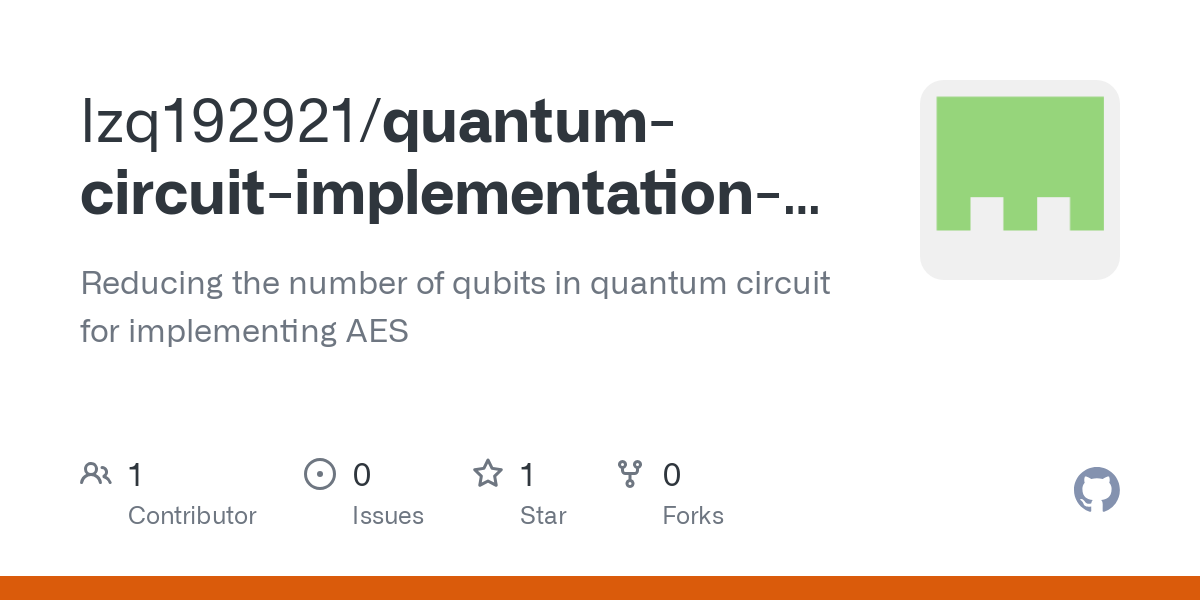The advent of quantum computing introduces an intriguing layer to the ongoing discourse about cryptography and its resilience against advanced computational paradigms. At the heart of this discussion lies the Advanced Encryption Standard (AES), a robust symmetric key cipher widely utilized to secure digital data. One of the pivotal questions that emerge is: Is AES breakable with quantum power? This question not only stimulates intellectual curiosity but also poses a formidable challenge to the foundational principles of modern cryptography.
To unravel this question, it is essential to understand the mechanics of AES. Developed by Belgian cryptographers Vincent Rijmen and Joan Daemen, AES operates on the principle of substitution and permutation over a finite field to transform plaintext into ciphertext. Boasting key sizes of 128, 192, or 256 bits, AES is lauded for its efficiency and security. However, the potential threat quantum computing poses urges a meticulous examination of its cryptographic soundness.
Theoretical work surrounding quantum computers suggests they possess the capacity to expedite certain computational tasks significantly. This is predominantly due to quantum bits (qubits), which can exist in multiple states simultaneously, starkly contrasting classical bits that are binary. One of the quintessential algorithms that exploit this potential is Shor’s algorithm, which can factor large integers in polynomial time. This threatens asymmetric encryption systems such as RSA and ECC, which hinge on the difficulty of factoring prime numbers or solving discrete logarithms.
In the realm of symmetric key encryption, the situation appears somewhat different. Grover’s algorithm, commendably less renowned than Shor’s, presents a paradigm where AES security may be compromised. Unlike Shor’s algorithm, Grover’s algorithm is tailored for unstructured search problems and offers a quadratic speedup. In practical terms, this means that a quantum adversary could theoretically execute a brute-force attack against AES by effectively halving the key length’s security.
For clarification, if AES-128 is used, the effective security level drops from 2128 to 264 due to Grover’s algorithm. Consequently, the encryption could be deemed insecure under a quantum threat, as 264 is increasingly manageable with advancing computational power. AES-192 and AES-256 offer slightly more fortified defenses, with effective security levels of 2128 and 2196, respectively. Hence, these key lengths may provide a buffer, protecting against potential quantum decryption until quantum capabilities fully materialize.
The practicality of employing Grover’s algorithm in real-world scenarios remains tenuous. Current quantum computers are in their nascent phase, characterized by limited qubits and high error rates. For an effective brute-force decryption of AES, a quantum computer would necessitate a substantial number of qubits and sophisticated error correction methodologies. Therefore, while the theoretical framework suggests vulnerability, the current technological limitations of quantum computing temper this concern considerably.
Nonetheless, the cryptographic community continues to advocate for the preparation and the development of post-quantum cryptography. The goal of post-quantum cryptography is to devise encryption techniques that remain secure in the face of quantum adversaries. Notably, the National Institute of Standards and Technology (NIST) has initiated a process to evaluate potential post-quantum cryptographic algorithms through several evaluation rounds. Thus, while AES might be susceptible under the quantum threat, avenues for resilience are concurrently being explored.
As the debate unfolds, the question arises: What fortifications can be established to augment AES against quantum threats? One potential approach is to opt for longer key lengths. Moving from AES-128 to AES-256 could theoretically enhance security against quantum attacks, effectively doubling the security provided against Grover’s algorithm. However, this solution is not without its drawbacks, particularly concerning performance. Implementing larger keys may compromise efficiency, particularly on resource-constrained devices, which exemplifies the classic trade-off between security and performance.
It is also imperative to consider the shifting socio-political landscape that accompanies the rise of quantum computing. The potential ramifications of a quantum-enabled adversary could extend beyond individual encryption schemes, threatening the integrity of entire systems and infrastructures. Financial institutions, government entities, and critical infrastructures must reassess their cryptographic strategies to fend off prospective disruptions fueled by quantum capabilities.
As we delve deeper into this cryptographic conundrum, it becomes evident that the advent of quantum computing not only poses challenges but also initiates newfound discussions in the cybersecurity landscape. The exploration of hybrid approaches that combine classical and quantum-resistant algorithms is gaining traction. Such methodologies could provide a safeguard against possible vulnerabilities inherent in current encryption standards.
In conclusion, the query “Is AES breakable with quantum power?” unfurls an intricate web of considerations encompassing theoretical vulnerabilities, practical implementations, and socio-political ramifications. Although AES faces a formidable challenger in the form of quantum computing, the timeline for such threats remains uncertain. As cryptographic practices evolve to confront emerging technologies, the resilience of AES may well hinge on a balanced approach that incorporates both robust key lengths and proactive strategies against future vulnerabilities. The quantum landscape is still nascent, and thus, preparedness and innovation remain key components in the ongoing dialogue on digital security. The future of encryption continues to be a dynamic interplay of challenge and evolution, ensuring that the safeguarding of sensitive information will always remain at the forefront of modern technology.








Leave a Comment